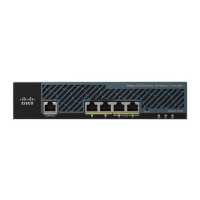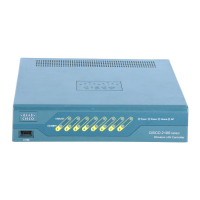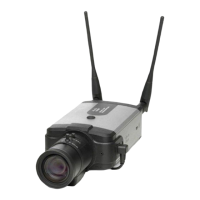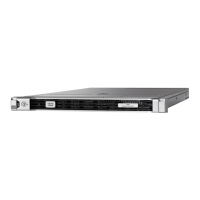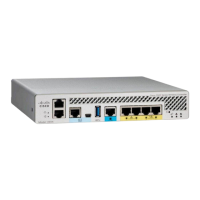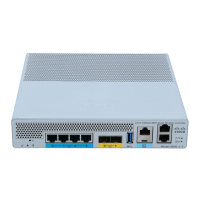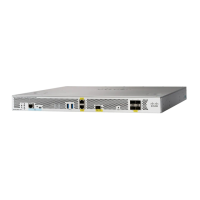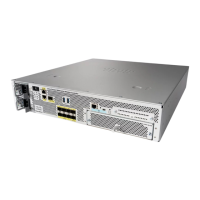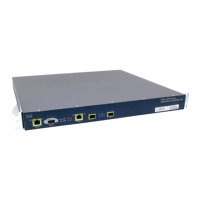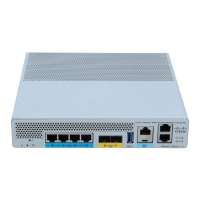information.)
RJ-45-to-DB-9 female DTE adapter (labeled "TERMINAL").●
RJ-45-to-DB-25 female DTE adapter (labeled "TERMINAL").●
RJ-45-to-DB-25 male DCE adapter (labeled "MODEM").●
For console connections, proceed to the section "Console Port Signals and Pinouts" later in this
appendix; for modem connections, proceed to the section "Auxiliary Port Signals and Pinouts" later in
this appendix.
Identifying a Roll-Over Cable
You can identify a roll-over cable by comparing the two modular ends of the cable. Holding the cables
side-by-side, with the tab at the back, the wire connected to the pin on the outside of the left plug should
be the same color as the wire connected to the pin on the outside of the right plug. (See Figure C-1.) If
your cable came from Cisco Systems, pin 1 will be white on one connector, and pin 8 will be white on
the other (a roll-over cable reverses pins 1 and 8, 2 and 7, 3 and 6, and 4 and 5).
Figure C-1: Identifying a Roll-Over Cable
Console Port Signals and Pinouts
Use the thin, flat, RJ-45-to-RJ-45 roll-over cable and RJ-45-to-DB-9 female DTE adapter (labeled
"TERMINAL") to connect the console port to a PC running terminal emulation software. Figure C-2
shows how to connect the console port to a PC. Table C-1 lists the pinouts for the asynchronous serial
console port, the RJ-45-to-RJ-45 roll-over cable, and the RJ-45-to-DB-9 female DTE adapter (labeled
"TERMINAL").
Figure C-2: Connecting the Console Port to a PC
http://www.cisco.com/univercd/cc/td/doc/product/access/acs_fix/cis2500/2520/2520_23/c2520cab.htm (2 of 17) [10/27/2000 3:08:09 PM]
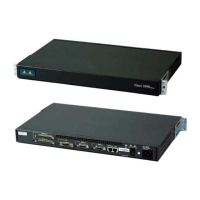
